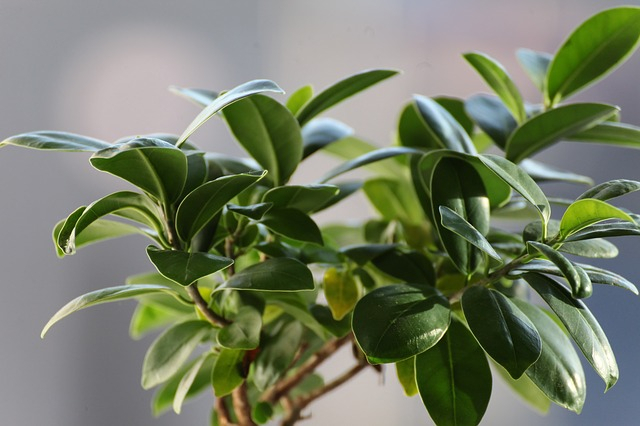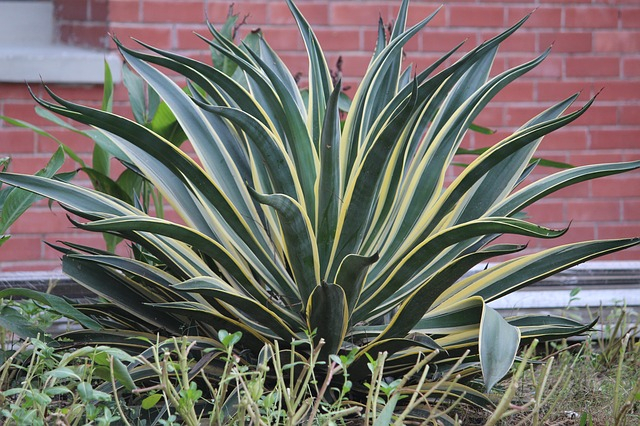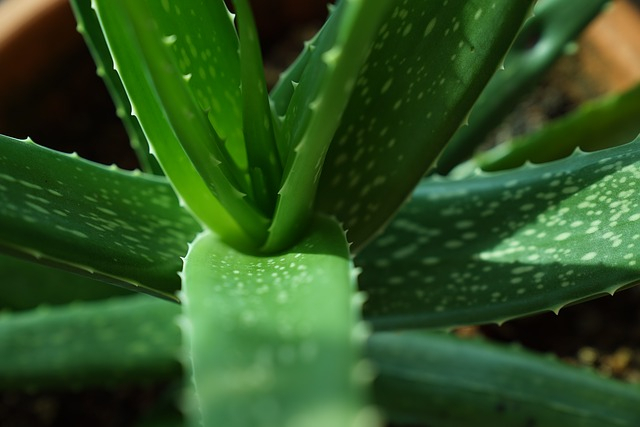
Even though there are other plants which are capable of purifying the air inside the house, a team of researchers at the University of Washington has developed a 'green liver' houseplant, which also works as the natural plants.
During the study, researchers genetically modified pothos ivy, a common household plant, so that it can absorb potentially dangerous compounds and can later use it to fuel their own growth. This is capable of absorbing chloroform and benzene and they will also use these molecules for their growth. Researchers, during the study also noted that these genetically modified plants absorbed 82 percent of chloroform and 75 percent of benzene.
A protein named cytochrome P450 2E1 is present in the liver of mammals and it plays a crucial role in turning benzene into a safer chemical phenol. The same protein used to act on chloroform and will later convert it into CO2 and chloride ions.
"We decided we should have this reaction occur outside of the body in a plant, an example of the 'green liver' concept. And 2E1 can be beneficial for the plant, too. Plants use CO2 and chloride ions to make their food, and they use phenol to help make components of their cell walls," said Stuart Strand, lead author of the study and the head of the Strand lab at the University of Washington.
It should be noted that conventional methods of air cleaning like the use of HEPA filters usually removes allergens and dust particles from the air. But, there are other molecules like chloroform and benzene that could build up in the air and these molecules could finally turn harmful for humans living in the interiors.
Natural air-cleaning houseplants:
- Dracaena/ Warneck Dracaena: This indoor plant can remove benzene, formaldehyde, trichloroethylene and xylene. There are several kinds of Dracaena plants that can grow quickly indoors and thrive in any light. But, it is toxic to cats and dogs.

Dracaena Pixabay - Ficus/Weeping Fig: Ficus is a southeast Asian tree and can grow to 10 feet. It can help filter out pollutants such as benzene, trichloroethylene and formaldehyde, toxins that can be found in furniture and carpeting.

Ficus Pixabay - Peace Lily: This plant needs only weekly watering and it has some major air cleaning abilities. It can remove pollutants including ammonia, benzene, formaldehyde and trichloroethylene, on the other hand, it should be noted that the flower does contribute some pollen and floral scents to the air.

Peace Lily Pixabay - Snake Plant: This is one of the best plants to keep inside the house It not only removes benzene, formaldehyde, trichloroethylene and xylene but also known for r absorbing carbon dioxide and releasing oxygen at night.

Snake Plant Pixabay - Bamboo Palm: This plant is also known as reed palm and it is capable of removing benzene, formaldehyde and trichloroethylene.

Bamboo palm YouTube grab - Aloe Vera: This easy to grow plant purifies interior air by removing benzene and formaldehyde. Its leaves contain a jelly kind of liquid full of vitamins, enzymes, amino acids, and other compounds that have wound-healing, antibacterial and anti-inflammatory properties.

Aloe Vera Pixabay
Apart from the mentioned indoor trees, there are other houseplants, which are capable of purifying the air and these are Spider Plant, Boston Fern, Golden Pothos, English Ivy and Chinese EvergreenHeart Leaf Philodendron.









